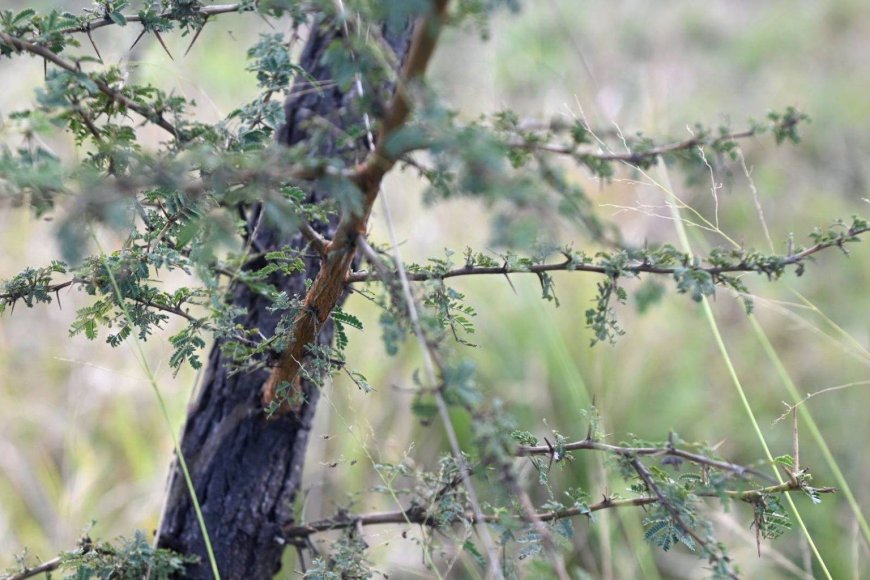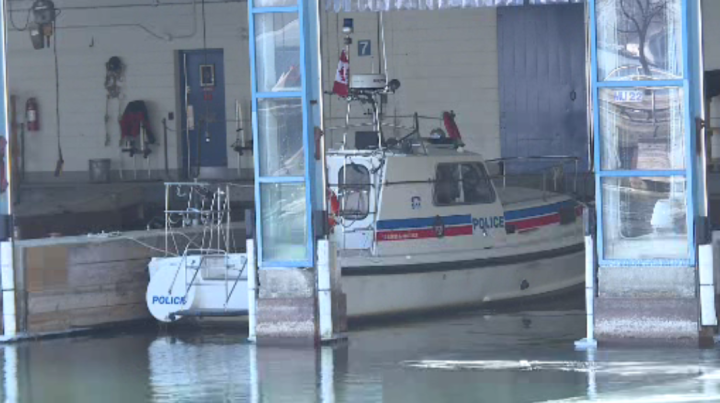Alien invasives pose significant threat to Kruger park

Invasive alien plants and animals pose a significant threat to South Africa’s rich biodiversity — and even the world-famous Kruger National Park has not been spared.
With about 146 alien plant species and 30 alien animal species recorded in the Kruger, managing these biological invasions has become essential, according to Llewellyn Foxcroft, a SANParks scientist in invasion ecology at the Kruger and a core team member of the Centre for Invasion Biology at Stellenbosch University.
Foxcroft, who has been studying biological invasions for more than 25 years, recently discussed the magnitude of the problem in the Kruger at a webinarhosted by the SANParks Honorary Rangers.
Biological invasions are a global threat, said Foxcroft, referring to the global assessment of the Intergovernmental Science-Policy Platform on Biodiversity and Ecosystem Services, which detailed how invasive alien species are increasing with negative effects for nature.
The rate of introduction of new invasive alien species “seems higher than ever before and shows no signs of slowing”. Global declines in nature and biodiversity, caused by direct drivers of change, include invasive alien species.
According to the report, across 21 countries, invasive alien species per country have risen by 70% since 1970. The effects are particularly severe for the native species on islands and in other settings with high proportions of endemic or native species richness.
Costly eradication
SANParks runs 20 national parks.
“Obviously, all the national parks have invasive species in them and need to be managed and there’s only limited resources and the challenge is how to spread those limited resources across the national parks in a way that makes the most out of the resources that we do have,” he said.
Over the past 20 years up to 2016, various organisations, including the government-run Working for Water programme, had spent nearly R350 million on alien plant control operations in the Kruger.
“This is a huge amount of money and you can see how much effort and resources have been invested in clearing mainly plants at this stage, around the park.”
Kruger is a large national park but is “still an island within a broader landscape”, with the land uses outside its boundaries determining the large amount of invasive species in the park. This includes high intensity urban areas, nature reserves and various forms of agriculture. All these varied land uses have different invasive species and densities of invasive species associated with them.
“And when you overlay this on a river networks, as we know rivers are one of the primary conduits for invasive species spreading, the main rivers flowing into the park originate several hundred kilometres away from the park that go through all these different land use types and can bring with them many different species,” Foxcroft said.
Alien plants also are dispersed along the large road network outside the park.
He said that the team is aware of the large pressure around these boundaries so they searched what effects it could have. They plotted the alien plants on the park boundary to distinguish a clear pattern about 1.5km from the boundary where they found a sharp increase in plant numbers which then levelled off.
“We showed that we can use this distance as a kind of filter effect so if we could work and focus on an area around the park in a buffer, we could try and prevent some species from moving into the interior of the park or at least use this as a zone of surveillance and rapid response,” he said.
Not all invasive
Just over 400 alien plant species have been reported in the Kruger, of which 146 are “naturalised”, he said.
“Some of them naturalised, which are species that occur in populations that are self-sustaining, and then a small proportion of those that are actually spreading widely, become very abundant and can have impacts on the ecosystem or the habitat that they’re in.”
On average, there has been about one species moving into the natural areas per year. “But what is interesting was that since about 1997, there’s only been about 20 invasive species; it hasn’t really increased very much. But it doesn’t mean that you need to have many alien invasive species to cause problems. If you think of a habitat like open water bodies, you only need to have one invasive that can have a big impact on that,” Foxcroft said.
On the origin of the naturalised species in the Kruger, he said it was unsurprising that they came from South and Central America in tropical areas and in some of the drier habitats that match our climate fairly very well. This was about 60% he said, and about 20% of them are coming from temperate and tropical Asia. These are primary sources of invasives coming into the park.
Alien plant management
Since 2002, the Working for Water programme has done extensive work within the park and along its rivers to tackle infestations of parthenium, an invasive weed, and another invader, sour prickly pears, among others.
The last couple of years had seen a more intense focus on areas around the park.
“We know very clearly now the risk that has been posed outside the park and a large amount of the effort is to prevent species coming in, or trying to find new populations of these before they get a chance to flow into the park to give us an opportunity for surveillance and rapid response programmes.”
Biological control — the control of a pest by the introduction of a natural enemy or predator — has been used as one of the Kruger’s invasive alien plant management tools. These biocontrol agents have included the snout weevil to control water lettuce, water hyacinth weevils for water hyacinth and the cochineal insect to control sour prickly pear infestations.
Recently, Foxcroft said, water hyacinth hoppers had been released on the Engelhard Dam in the Kruger and “we feel this is potentially one of the best options we have and we want to mass rear these insects and release them in high numbers”.
Concerning species
He said the Kudzu vine, one of the worst plant invaders globally, had been found in March last year along the Sand River near Skukuza. It can grow 26cm a day. The Barbados gooseberry, too, had been found fairly close to the park’s boundary.
There is concern, too, that common mynas are establishing themselves in the Kruger. He said that they plotted records they didn’t have in the past 20 years and found that some move in and out of the park although some definitely are showing signs of becoming resident and not only resident in camp but also in natural areas outside.
“So, we found records of birds going to the dams or using nesting holes in trees up to distances of 40km from the nearest tourist camp or staff camp. The main concern is they seem to be showing signs of establishing and they also seem to be adapting very well to the environment, in fact, feeding alongside cattle egrets as the animals like zebra and wildebeest disturb insects then they follow them around and actually seem to be quite happily adapted to feeding on them.”
Invasive freshwater species of concern for the Kruger include the Australian red claw crayfish, common carp, silver carp, the nile tilapia, which represents a hybridisation threat to the Mozambique tilapia, smallmouth bass, mosquito fish, suckermouth catfish, and the Tarebia snail — an invasive alien freshwater snail species.
No silver bullet
“If we’re going to have long-term success, we’re going to have to have many components pulled together in a multifaceted approach,” Foxcroft said. “There’s no single silver bullet that can resolve all these problems. We need to maintain the long term projects that we’ve been running, you can see how much money we’ve spent on alien clearing and how much effort has gone into that. We don’t want to lose the gains that have been made there.
“We need to increase surveillance and the ability to have rapid response, very clearly now with the Barbados gooseberry and the Kudzu vine, as key examples of how we need to be aware of that.”
On monitoring and detecting alien animal species, Foxcroft said many of the new invasive species are fish or other freshwater animals “so there’s not a huge amount we can do in terms of managing” these species.
“But what we do need to understand is where do they occur in the park, where they are spreading, where are the threats and over time try to understand the impacts they might be having on the ecosystem and other biodiversity in the park.”
What's Your Reaction?





























































































